Table of Contents
Solventless vs Solvent Free
When it comes to cannabis concentrates like hash, rosin, shatter, and distillate there are many terms used to describe how they are made and the eventual end product. Two terms we are going to focus on today are “solventless” and “solvent-free”. While these sound similar, they are in fact different and the difference is an important one. Let’s take a deeper look at solventless vs solvent free…
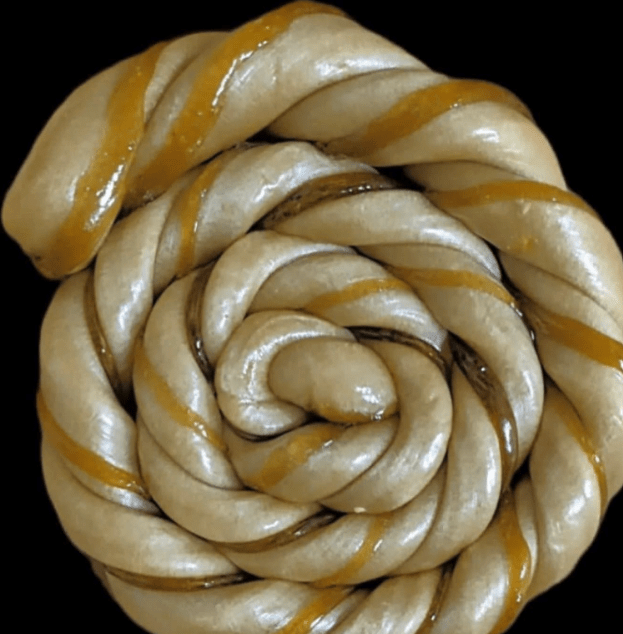
Extraction Basics
Cannabis concentrates/extracts, at their most basic, follow the same principles. The goal of any concentrate production method is to remove the trichomes from the cannabis plant. Trichomes contain the cannabinoids (CBD, THC, etc.) and terpenes that make up an extract. How the trichomes are separated from the plant is where the difference between solventless vs solventvfree comes into play. Some techniques involve using solvents like butane to strip the trichomes away from the plant. Other techniques rely on mechanical separation.
Solventless
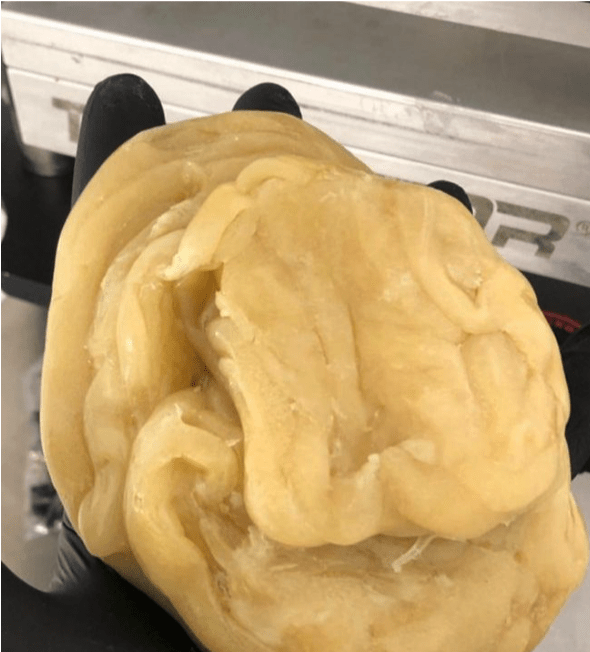
Solventless extracts NEVER come in contact with any sort of solvent. These extracts rely on mechanical separation to remove the trichomes from the cannabis plant. For example, bubble hash is made by placing ice, water, and cannabis flower into a bucket lined with bubble bags and stirring the mixture. The trichomes will freeze and break off due to the stirring.
Similarly, dry sift is made by rubbing cannabis flower onto very fine mesh screens. Hash rosin and flower rosin are made with the use of heat and pressure to squeeze the trichomes to collect cannabinoids and terpenes. To summarize, solventless products are made without the use of any solvents whatsoever.
Types of Solventless Cannabis Products:
- Kief
- Hashish (bubble hash / ice water hash)
- Hash Rosin
- Flower Rosin
- Dry Sift
Solvent Free
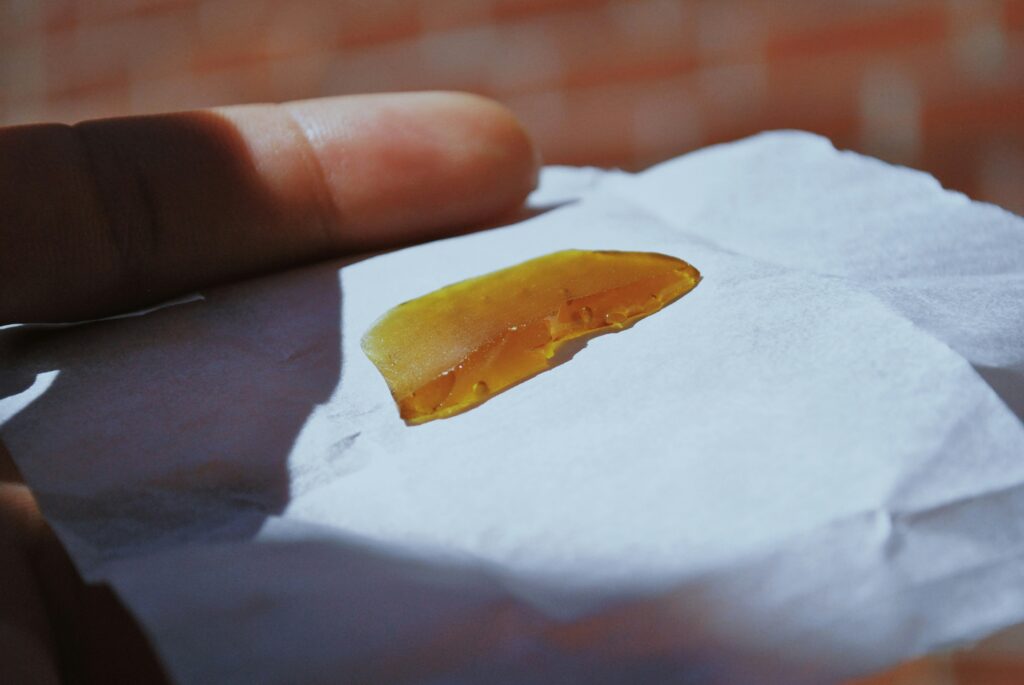
The big difference between solventless vs solvent free products is that solvent-free products, while not containing any solvents in the end product, used solvents during the extraction process. The solvent, such as butane, ethanol, and propane, is purged (removed) from the end product before being consumed.
You may be thinking, “ok, so if the solvents are removed, then what is the big deal in distinguishing between solventless vs solvent free”? Well, using solvents to strip trichomes from the cannabis plant is considered a less clean process than solventless production. This is due to the risk of residual solvents in the end product and the aggressive nature of using solvents to strip the trichomes away from the plant. That being said, solvents are best to use to isolate cannabinoids like CBD and THC. So, solvents do have their use in the cannabis market.
Types of Solvent-Free Cannabis Products:
- Distillate
- Live resin
- Shatter
- Wax/crumble
Is Solventless or Solvent-Free Better?
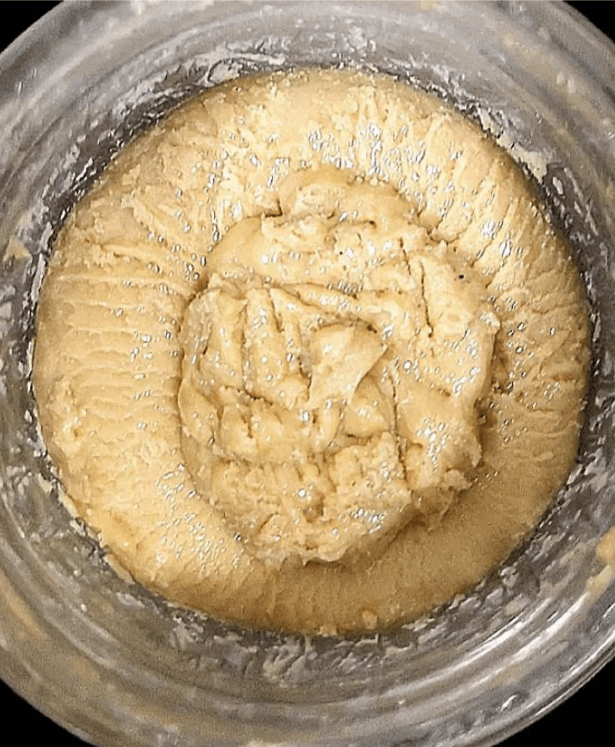
We may be biased, but we think solventless products are better, hands down. Solventless products are made without adding anything to the cannabis plant. This is what we call a clean extract. There is no risk of residual solvents and the process is more gentle than using solvents so valuable terpenes are retained which might otherwise be lost.
Summary of Solventless vs Solvent Free
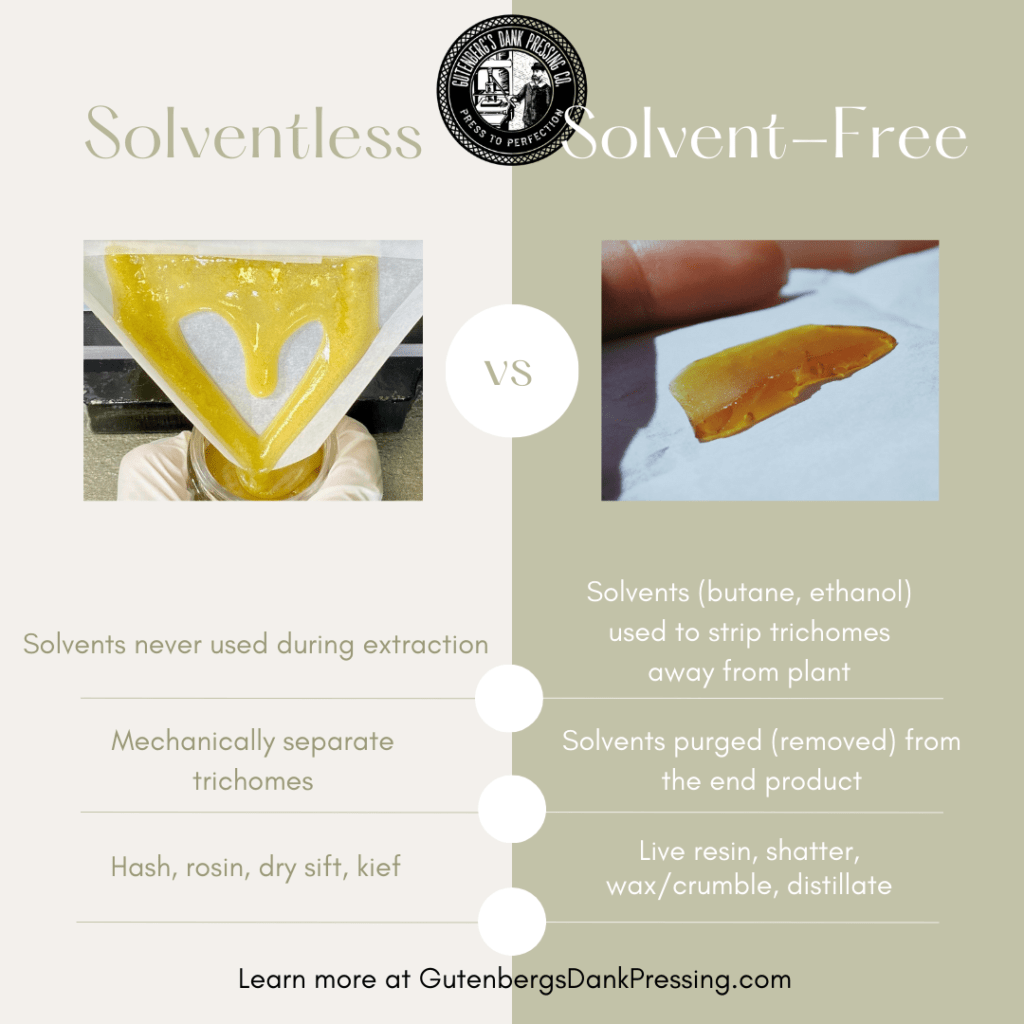
Solventless products like bubble hash and rosin are made without the use of any solvents whatsoever. Using solventless techniques means that the trichomes of the cannabis plant are removed using mechanical separation. Mechanical separation means that physical force was used to remove the trichomes. This could be by rubbing cannabis flower onto fine mesh screens (dry sift), stirring cannabis flower in a bucket with ice and water (bubble hash), or squeezing the trichomes out with heat and pressure (rosin).
Solvent-free products use solvents like butane or ethanol to strip trichomes from the cannabis plant. The solvent is then purged (removed) from the extract before consuming. Examples of solvent-free cannabis products include: live resin, shatter, crumble/wax, and distillate.
Both solventless and solvent-free products do not contain any residual solvents in the end product (or at least they should not have any solvents leftover).